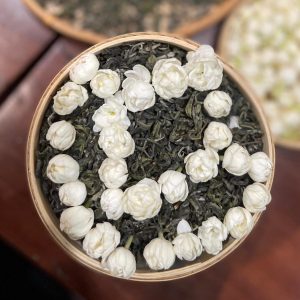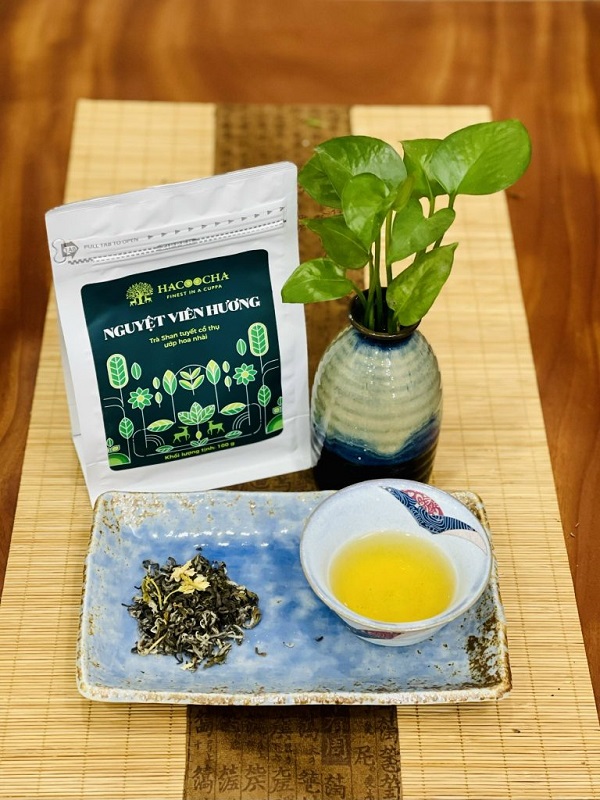
Jasmine tea, famous Vietnamese flavored tea
Hoa nhài đơn giản, tinh khôi là đại diện cho tình yêu lãng mạn ngọt ngào ở nhiều quốc gia, hương thơm của trà hoa
Hotline
Hacoocha
Each harvesting time is often carefully calculated and detailed to bring out the most optimal flavor for the tea.

Tea trees, like many other plants, love spring – the season that is considered the golden time to harvest tea
Spring tea
For many tea makers, March to May is considered the best time for spring tea. Before this time, it is too cold, but after this time it rains a lot, so the tea will not be delicious anymore.
Before that, tea has a "hibernation" period, during which the plant will absorb the minerals and nutrients produced by the water which will accumulate in the bud.
In spring, when the weather becomes warmer and rainfall increases, the tea tree recovers and sprouts new buds that are rich in substances such as amino acids and rich pectin. The period from March to May is when the tea tree has undergone a very long 'rest' period, so nutrients are abundant, and with ideal natural conditions, the tea leaves bring out the best flavor.
Spring tea buds are usually large and thick. The taste of spring tea is usually very good because of its mild pre-sweet taste, very deep and pure after-sweet. Greenish yellow tea, blended like honey. Drink 1 sip of tea, you will feel the greasy taste, fresh aroma.
Summer tea
Summer is a time of heavy rain and sunshine. Heavy rain helps tea leaves grow very quickly, which makes the chemical composition of the tea taste pale. In addition, a lot of sun also makes the tea leaves photosynthesize more, so the tea is also more acrid. Besides, the tea leaves are thinner, so the summer tea is not tough.
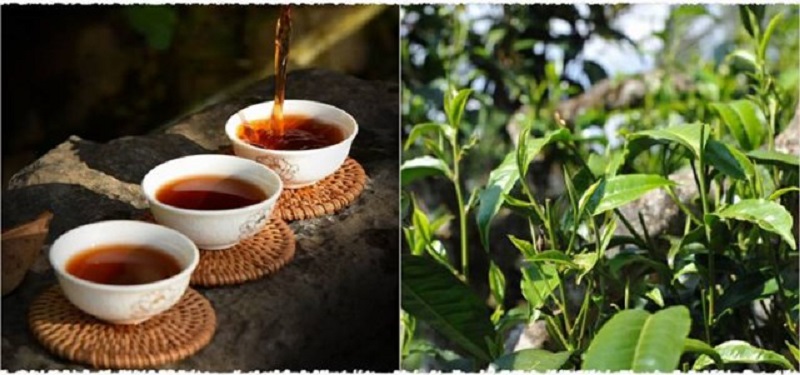
Summer is not the time to harvest to get the best finished tea leaves.
Even so, summer is still the harvest season for tea makers. People usually harvest from June to mid-July. But because the quality of tea in this season is not as good as other seasons, and the supply is high, summer tea is often more affordable than other seasons.
Due to the higher tannin and caffeine content in summer tea because of the intense sunlight. So this season tea leaves are suitable to be used to make fully fermented black tea because the bitterness of summer tea will be reduced during fermentation, thus getting the characteristics of sweetness and aroma. strong passion.
The scent of autumn tea
Autumn is considered the second most important crop after spring. Although autumn begins in early August, few tea makers harvest tea so early. The best time to harvest autumn tea is in October. At this time, the weather becomes cooler and more pleasant.
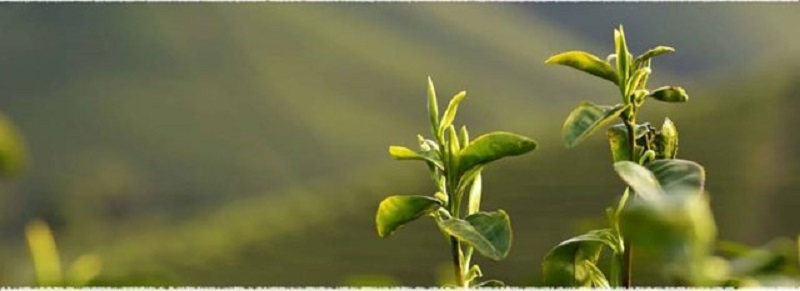
For many teas, autumn is the time when tea has the best flavor after spring, even autumn tea has a stronger and longer aftertaste than spring tea.
In autumn, less sunlight in a day contributes to the reduction of polyphenols (acrid taste) when tea plants photosynthesize. In addition, the tea tree also produces fewer leaves to accumulate nutrients.
Autumn tea has the disadvantage of being a bit more bitter than spring tea because the leaves at this stage have more caffeine. However, the tea flavor is richer and more delicate than tea in other seasons.
Winter tea
Harvest time is from late October to November. Because of the cold winter weather, the tea buds are growing slowly and the nutrient content is increasing gradually.
The taste of winter tea is light and sweet. The taste and aroma of winter tea is thinner than spring tea, but the dry tea has a beautiful emerald green color, has a slight aroma during brewing, and is less bitter. Although the flavor is not as rich as spring tea, it is also soft and chewy.
Tea harvest schedules are only approximate estimates used by tea makers. The time of harvest also depends a lot on the microclimate and specific natural conditions of each tea area.
Regardless of the tea season, there is a unique flavor. Each tea season represents a personality and character of the season itself. Enjoying a cup of seasonal tea is also a new and unique experience for tea enthusiasts.
(Collector)

Hoa nhài đơn giản, tinh khôi là đại diện cho tình yêu lãng mạn ngọt ngào ở nhiều quốc gia, hương thơm của trà hoa
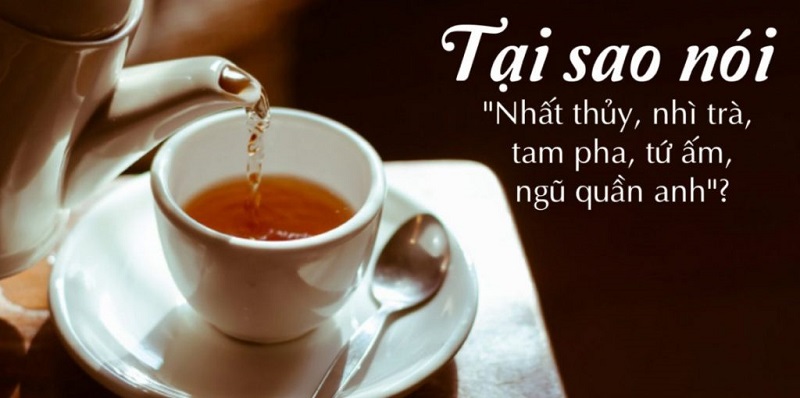
Those who love tea and understand tea ceremony must have at least once heard the saying: "Nhat Thuy, Nhi Tra, Tam Boi, Tu Am, Ngu Quan Anh"

Cổng thanh toán VNPAY là giải pháp thanh toán do Công ty Cổ phần Giải pháp Thanh toán Việt Nam (VNPAY) phát triển. Khách hàng
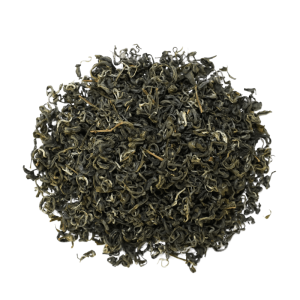
Spring tea


